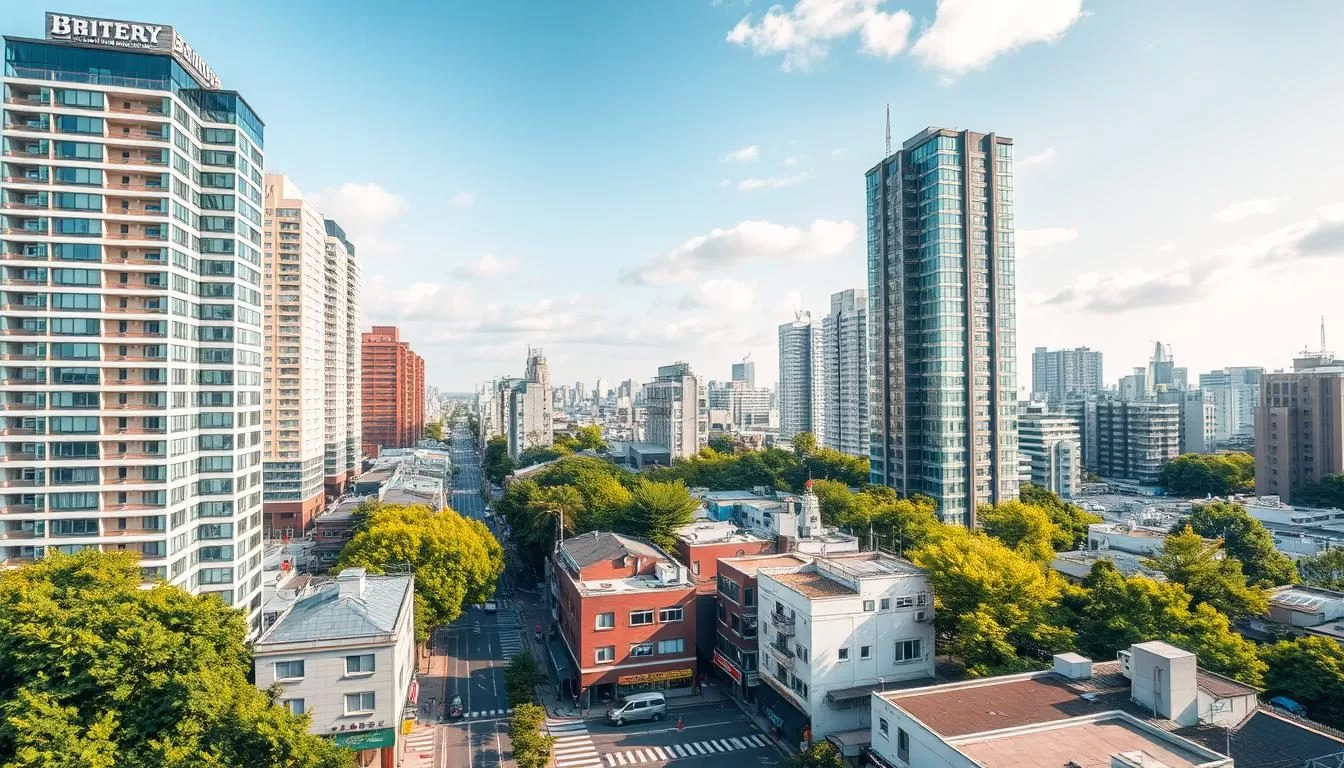✓ Accommodations✓ Flights✓ Rental Cars✓ Tours & Activities
Imagine exploring a part of Tokyo that’s off the beaten path, where local culture thrives and history comes alive. Welcome to Kita Ward, a vibrant district that offers a unique travel experience. As one of Tokyo’s 23 special wards, Kita-ku is a treasure trove of historical sites, natural beauty, and modern attractions waiting to be discovered.
You’ll find a different side of the city in this northern ward, where ancient shrines stand alongside bustling shopping streets filled with affordable delicacies. Whether you’re planning a day trip or a longer visit, this comprehensive guide will help you navigate Kita-ku’s best attractions and local favorites, ensuring an unforgettable experience.
Discovering Kita-ku: Tokyo’s Northern Gem
As you explore Tokyo’s diverse wards, Kita-ku stands out as a hidden gem waiting to be discovered. This city within a city offers a unique blend of traditional and modern attractions that are sure to captivate your senses.
Historical Background of Kita Ward
Kita-ku has a rich history that dates back to the Edo period when it was primarily agricultural land. Over time, it developed into an inn town along the highways emanating from Edo, flourishing as a gateway to Nikko Toshogu Shrine. The area gained significant history in the early 1700s when Yoshimune Tokugawa planted 1,270 cherry trees on Asukayama, establishing a tradition of cherry blossom viewing that continues today.
During World War II, Kita-ku was known as the “military capital” due to its concentration of munitions factories and military facilities, which were later transformed into large-scale apartment complexes, transforming the area into a residential hub near the city centre.
Geographic Layout and Character
The ward’s unique geographic layout is characterized by its western side sitting on the high ground of the Musashino Plateau cliff line, while the eastern side consists of lowlands along the Arakawa River. This division creates two distinct cityscape areas within Kita-ku, giving you varied experiences as you explore different neighborhoods within the ward.
The ward’s character is often described as “downtown” with a strong local culture, offering you an authentic glimpse into everyday Tokyo life, filled with local charm.
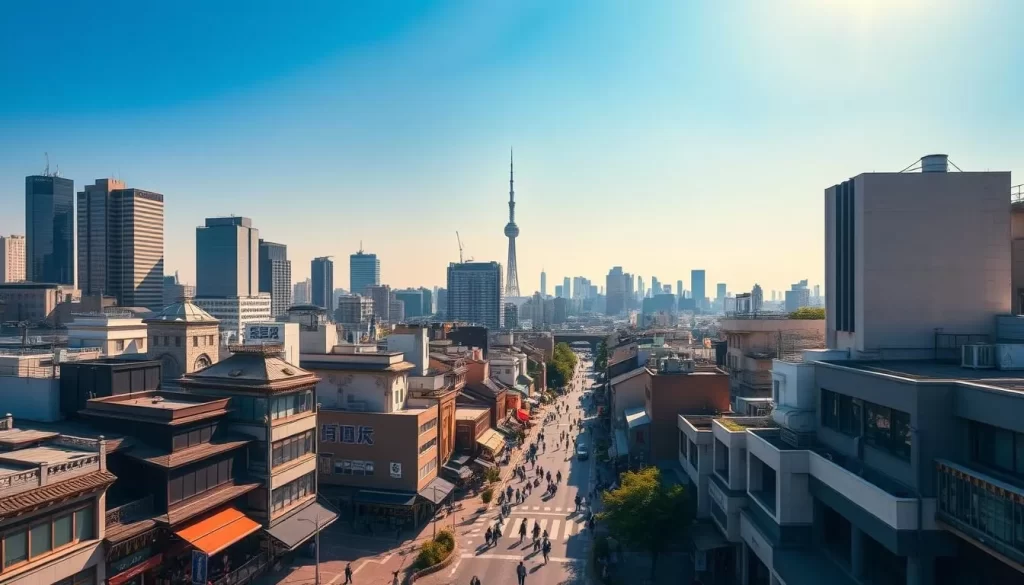
Main Neighborhoods in Kita-ku
As you explore Kita-ku, you’ll discover a mix of bustling areas and historical spots that define the ward’s identity. The neighborhoods in Kita-ku offer a diverse range of experiences, from vibrant streets to local shopping paradises.
Akabane: The Bustling Hub
Akabane is a major metropolis in Kita-ku, featuring a large terminal station and a bustling downtown area that represents the ward. You can enjoy drinks at numerous bars, especially along Akabane Ichibangai Street. The Akabane Baga Festival, held every April, is a highlight, featuring a grand parade that showcases local culture.
Oji: Historical Center
Oji may be overshadowed by Akabane, but it houses important facilities like the Kita Ward Office and Asukayama Park, making it a significant historical spot. The old drinking district in front of the station, which originated in the postwar black market, is a notable sight. You can also walk through the scenic steep slope where the Toden Arakawa Line runs.
Jujo: Local Shopping Paradise
In front of Jujo Station lies Jujo Ginza, a hub for the local community and a shopper’s delight. The shops here offer super-cheap prepared foods, clothing, and many affordable izakayas, giving you a taste of everyday Tokyo life. You can explore the various shops and enjoy the local atmosphere.
| Neighborhood | Main Attractions | Experience |
|---|---|---|
| Akabane | Akabane Ichibangai Street, Akabane Baga Festival | Bustling downtown area, cultural events |
| Oji | Kita Ward Office, Asukayama Park, old drinking district | Historical significance, scenic walks |
| Jujo | Jujo Ginza, local shops, izakayas | Authentic local shopping experience, affordable dining |
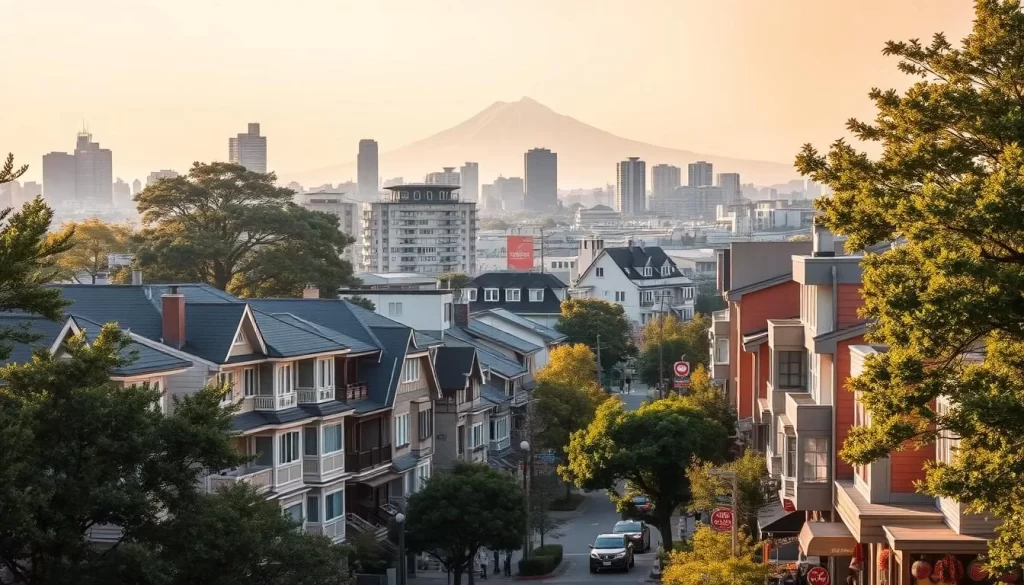
Top Cultural Attractions in Kita-ku
Immerse yourself in the cultural treasures of Kita-ku, a district that proudly preserves Tokyo’s historical essence. Kita-ku offers a unique blend of traditional and modern cultural experiences that are sure to enrich your visit to Tokyo.
Oji Shrine and Its 600-Year-Old Ginkgo Tree
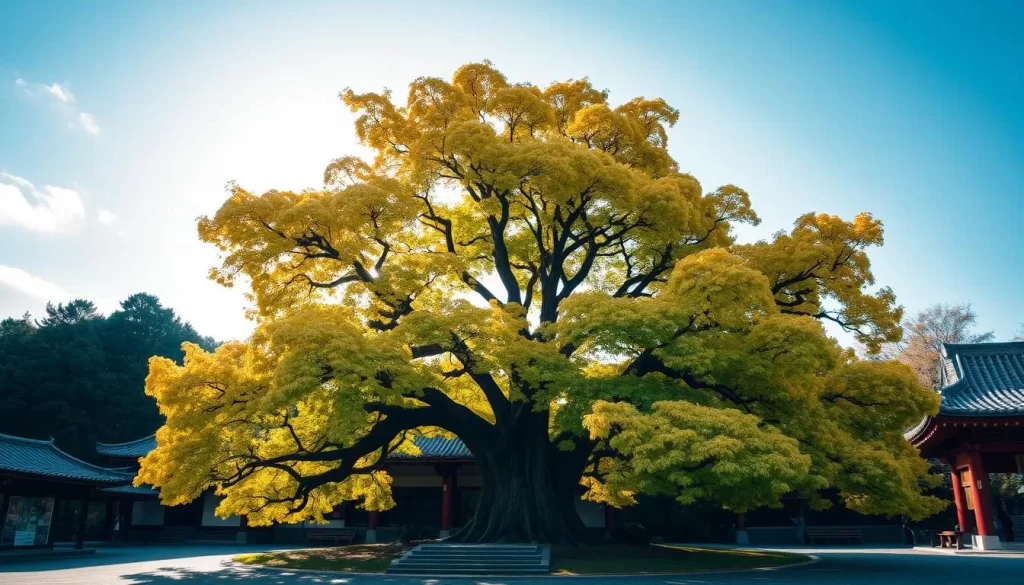
Oji Shrine, located in Ojihonmachi, Kita Ward, is a significant cultural landmark. The shrine is known for its magnificent 600-year-old ginkgo tree, a natural monument that survived the wartime fires. The shrine enshrines Izanagi-no-mikoto and five other deities, offering insights into traditional Japanese spiritual practices.
Oji Inari Shrine and Fox Traditions
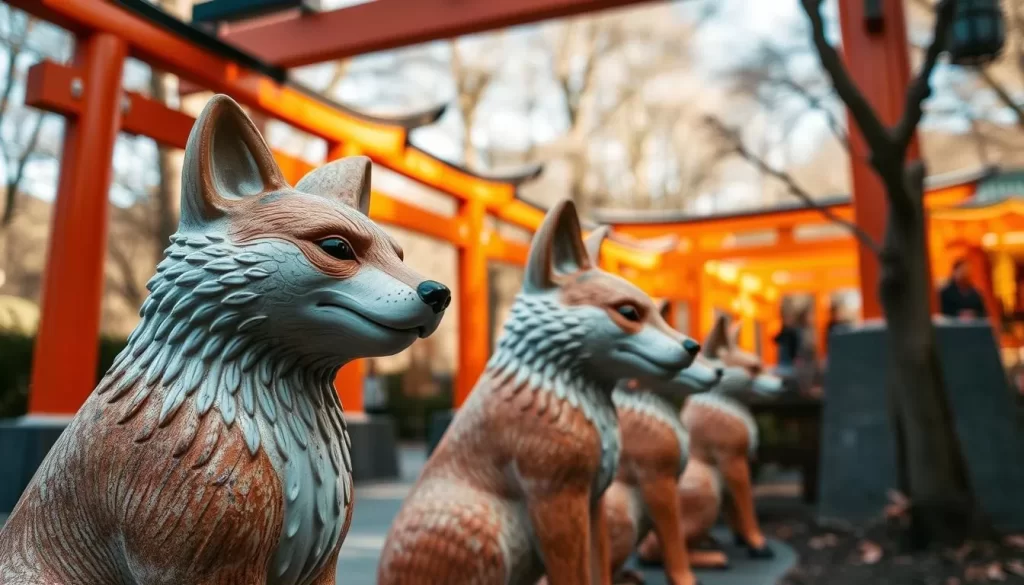
Oji Inari Shrine is considered the head shrine of Kanto Inari shrines, famous for its fox traditions. According to legend, foxes gather here on New Year’s Eve, a tradition recreated in the “Oji Fox Procession” held since 1993. This event is a unique cultural experience, showcasing Japan’s rich folklore.
Shinohara Engei Theater
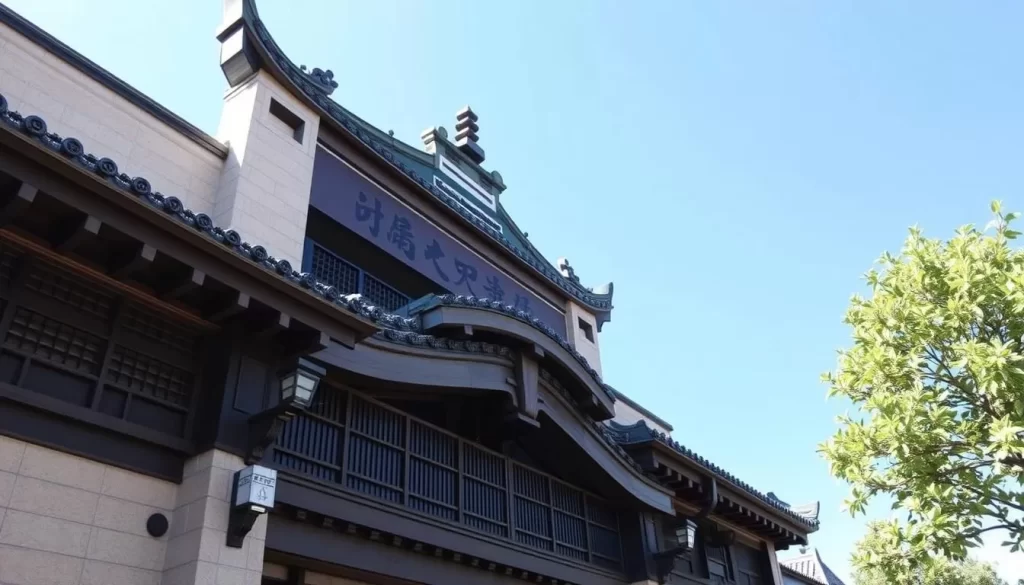
Opened in 1951, Shinohara Engei Theatre is Tokyo’s oldest existing full-scale theater specializing in popular theater. With performances almost daily, it offers a rich cultural experience, featuring plays, mini-shows, and butoh dance shows. This theater is a testament to Kita-ku’s vibrant performing arts scene.
Beautiful Parks and Gardens
Discover the natural beauty of Kita-ku, where parks and gardens provide a tranquil oasis in the heart of Tokyo. You can enjoy a variety of landscapes and activities across the different parks, making Kita-ku a versatile destination for nature lovers.
Asukayama Park: Cherry Blossom Heaven
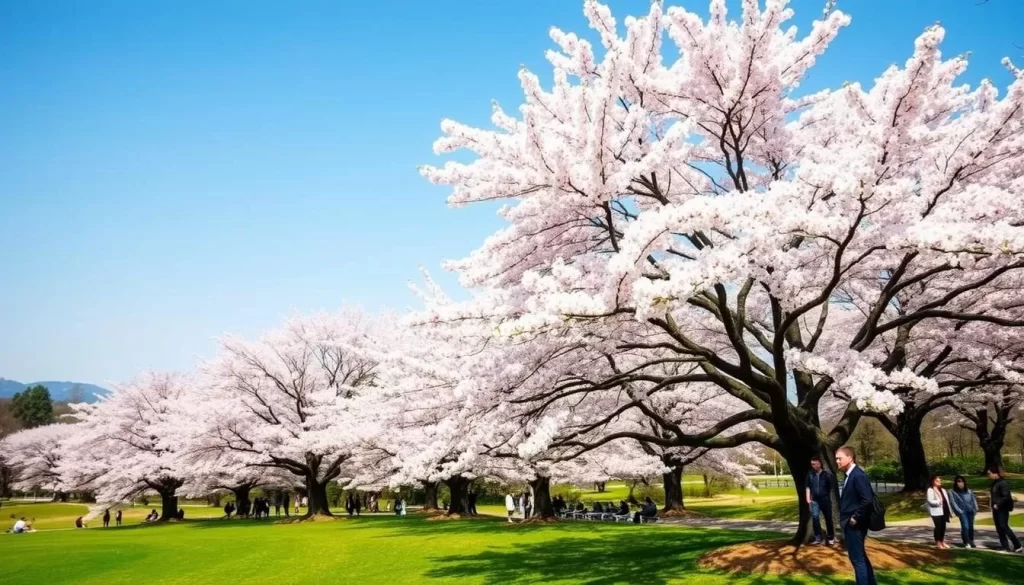
Asukayama Park is a must-visit spot during cherry blossom season, boasting approximately 600 cherry trees, including Yoshino and Satozakura varieties. You’ll be enchanted by the beauty of these trees, making it one of the most popular cherry blossom viewing spots in northern Tokyo. The park also features the “Ascargo,” a monorail-type oblique ascending train that offers a free and relaxing ride to the top of the hill.
Kyu-Furukawa Gardens: Western-Japanese Fusion
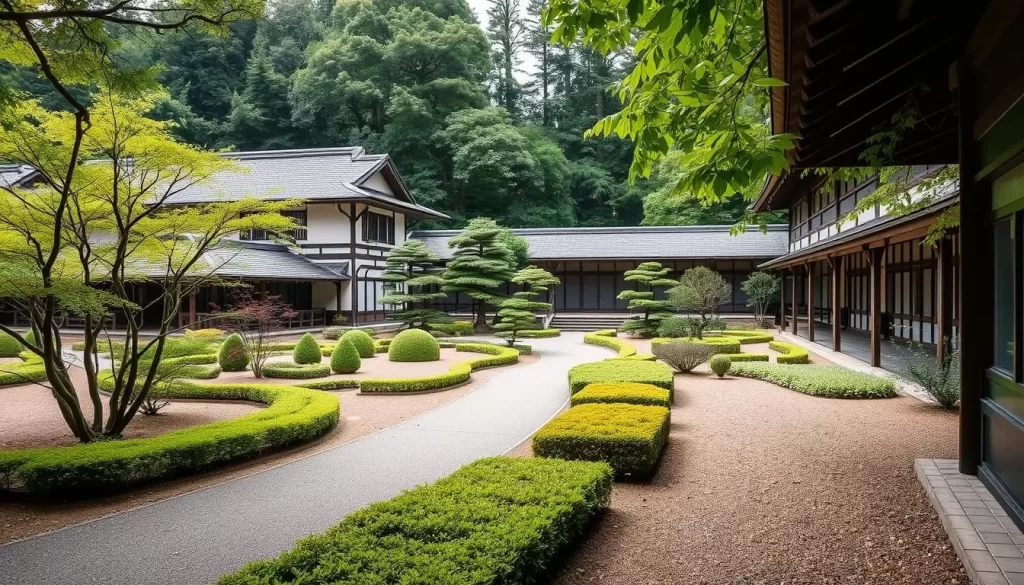
Located near Komagome Station, Kyū-Furukawa Gardens is a beautiful garden that showcases a fascinating fusion of Western and Japanese design elements. Created as the residence of the wealthy Furukawa family during the Taisho era, it’s now a national cultural asset. You can visit the Western-style tearoom to enjoy tea while savoring the beautiful interior.
Nanushinotaki Park and Its Waterfalls
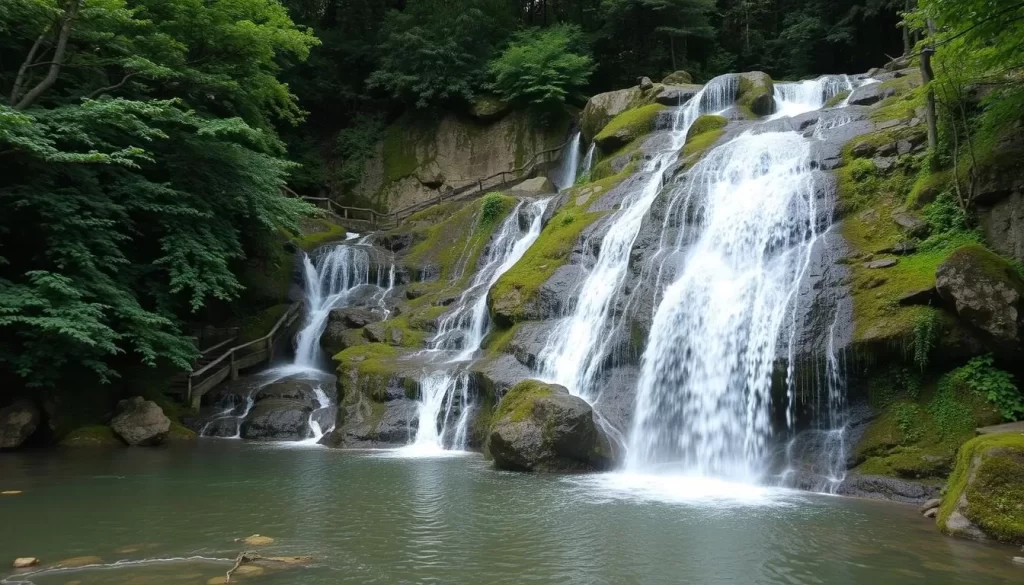
Nanushinotaki Park is a refreshing natural retreat with its circular garden design centered around the impressive Otoko-taki Waterfall, which has an 8-meter drop. The park is a great place to relax, take photos, and experience the changing seasons in Tokyo. You can enjoy the serene atmosphere and the beauty of nature during your visit.
These parks not only provide a peaceful escape from the city’s hustle and bustle but also offer a chance to connect with nature and enjoy the beauty of the seasons, from spring cherry blossoms to autumn foliage.
Shopping Streets and Local Markets in Kita-ku
You’ll discover the best of Tokyo’s shopping culture in Kita-ku’s bustling streets and local markets. The area is known for its pedestrian-friendly shopping streets, diverse markets, and rich cultural experiences.
Jujo Ginza: “Prepared Food Heaven”
Jujo Ginza is a pedestrian-only shopping street with an all-weather arcade that has earned the nickname “prepared food heaven.” It’s lined with various stores selling fashion items, sundries, gourmet foods, and fresh ingredients. You’ll find a wide range of affordable, ready-to-eat delicacies, making it a great place to experience local food culture.
The street hosts various events, including willow and Japanese poem contests, shopping rallies, and features the official mascot character “Kita-nyan.” This adds to the lively atmosphere, making Jujo Ginza a must-visit destination.
Oji Ginza Shopping Street
Oji Ginza Shopping Street connects Oji Station to the Onagabashi pedestrian bridge, featuring about 90 shops along Kitahondori Avenue on Route 122. Historically, this area was a popular suburban vacation spot for Edo citizens due to its direct connection to the city center.
Today, Oji Ginza remains an essential commercial hub for local residents, with supermarkets, restaurants, banks, and hospitals. The street hosts seasonal events and raffles, providing an authentic glimpse into everyday Tokyo life.
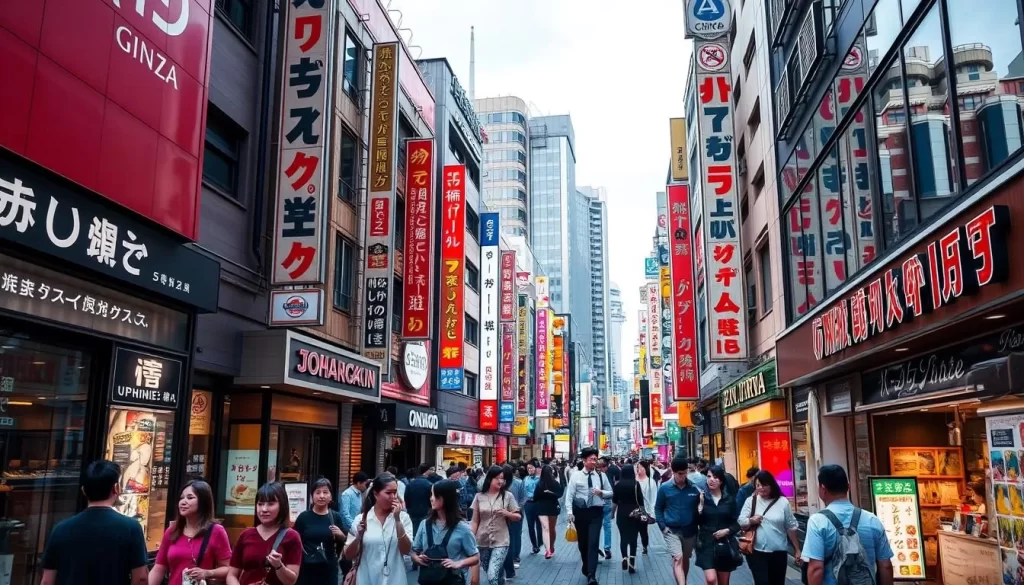
Museums and Historical Sites
The museums and historical sites in Kita-ku, Tokyo, provide a unique window into the area’s past, showcasing its history and cultural significance. As you explore these attractions, you’ll gain a deeper understanding of the region’s heritage and its importance in Japanese history.
Asukayama Museum
The Asukayama Museum is a local gem that showcases the history of northern Tokyo, with exhibits that stretch back to ancient times. One of the highlights is a charming display of historical bento lunch boxes from the area’s famous cherry blossom parties.
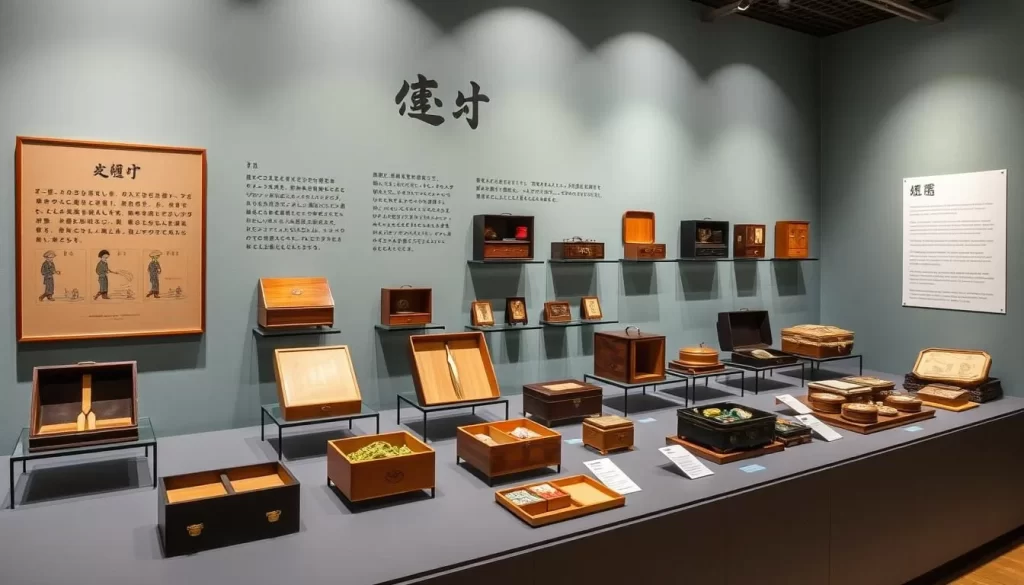
Banknote and Postage Stamp Museum
Located near Oji Station, the Banknote and Postage Stamp Museum offers a free and educational experience, exploring the history of Japanese and international currency and stamps. This is a must-visit for philatelic enthusiasts.
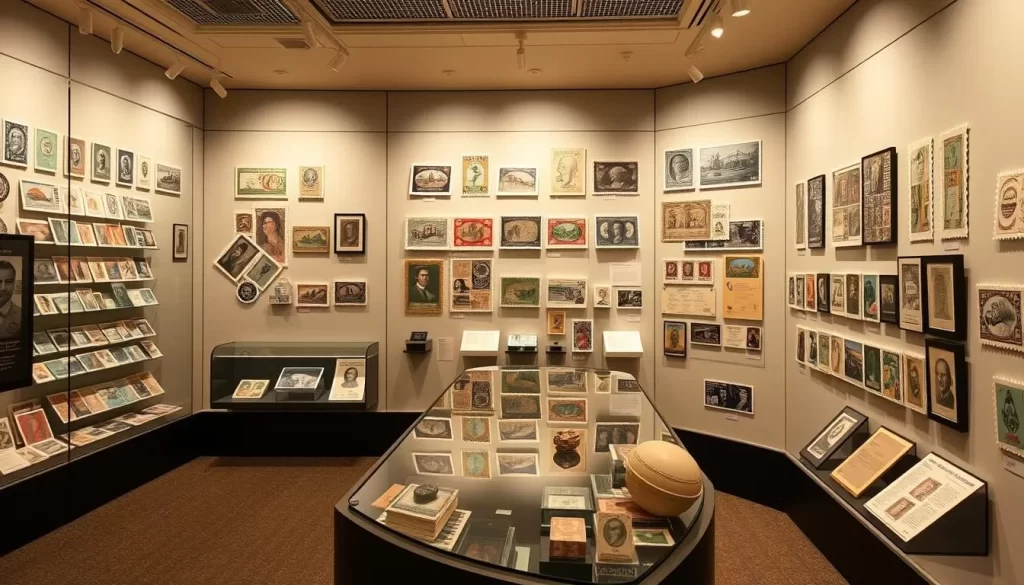
Former Furukawa Residence
The Former Furukawa Residence is a stunning example of Western-Japanese fusion architecture, designed by British architect Conder. The guided tour takes about an hour, giving you ample time to appreciate the unique blend of styles and the beautiful garden, famous for its roses that bloom twice yearly.
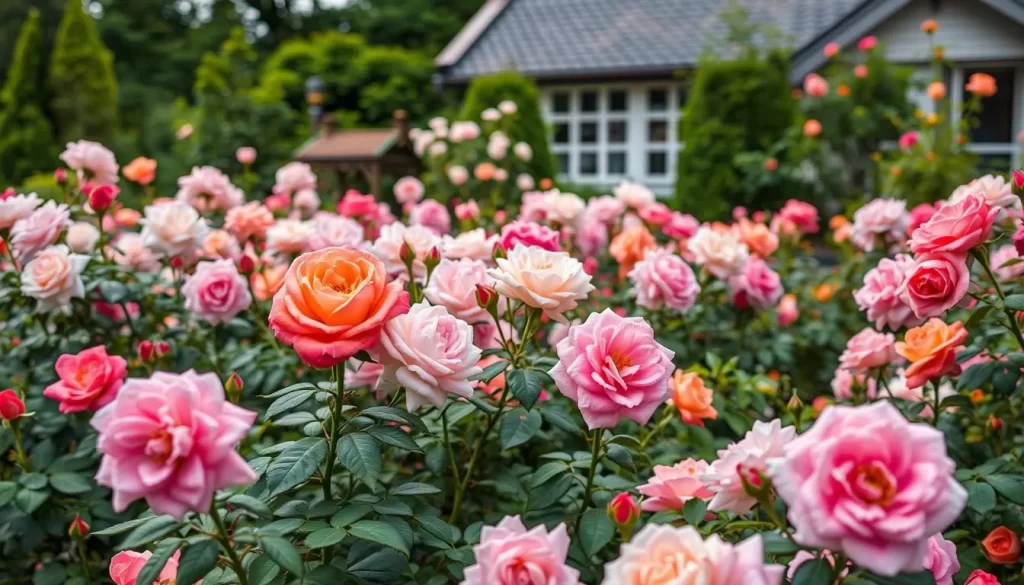
These museums and historical sites give you the opportunity to step back in time and experience the rich cultural heritage of Kita-ku through well-preserved artifacts, architecture, and exhibitions.
Kita-ku, Tōkyō, Japan: Best Things to Do – Top Picks
Discover the hidden gems of Kita-ku, a district that blends history, nature, and cuisine. Kita-ku offers a diverse experience that caters to different interests, making it a perfect destination for travelers.
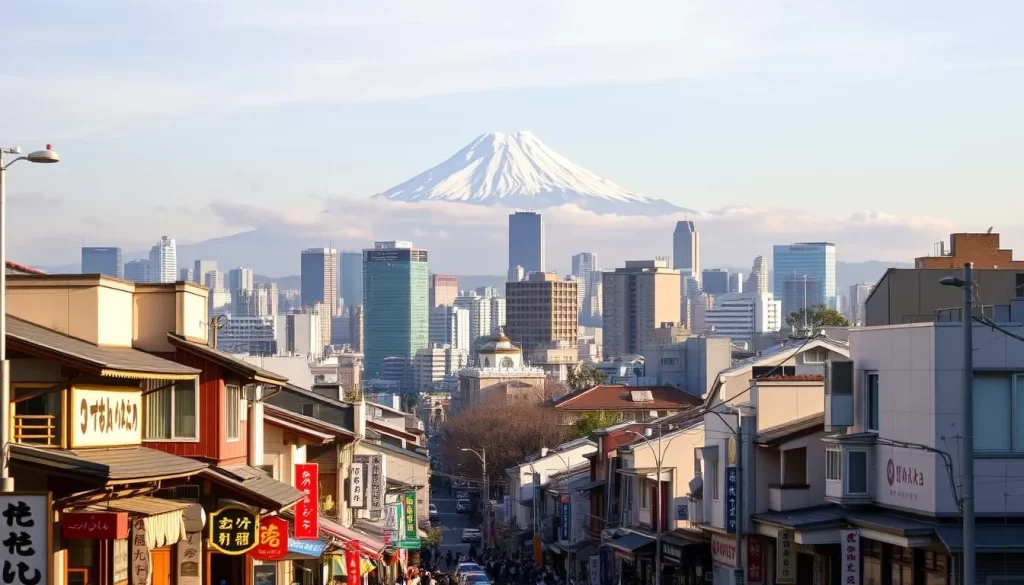
For History Buffs
If you’re a history enthusiast, Kita-ku has a rich historical heritage to explore. Visit the Oji Shrine, famous for its 600-year-old ginkgo tree, and the Former Furukawa Residence, showcasing a unique architectural blend. The Asukayama Museum chronicles the history of northern Tokyo, providing valuable insights into the area’s past.
For Nature Lovers
Nature lovers will find paradise in Kita-ku’s beautiful green spots. Asukayama Park is renowned for its 600 cherry trees, while Kyu-Furukawa Gardens offers a serene atmosphere with its Western-Japanese fusion design. Nanushinotaki Park is another must-visit, featuring impressive waterfalls.
For Food Enthusiasts
For those who enjoy food, Jujo Ginza is a must-visit, nicknamed “prepared food heaven.” You’ll find a variety of affordable, ready-to-eat delicacies showcasing local culinary traditions. Akabane’s izakayas, particularly along Akabane Ichibangai Street, offer an authentic atmosphere to enjoy local drinks and dishes.
| Category | Attractions | Experience |
|---|---|---|
| History | Oji Shrine, Former Furukawa Residence | Explore historical landmarks |
| Nature | Asukayama Park, Kyu-Furukawa Gardens | Enjoy serene green spaces |
| Food | Jujo Ginza, Akabane’s izakayas | Savor local cuisine |
Kita-ku offers a diverse range of things to do, ensuring that you have a memorable experience in this unique Tokyo district. Whether you’re interested in history, nature, or things to eat, Kita-ku has something for everyone.
Seasonal Events and Festivals
Kita-ku, Tokyo, is a treasure trove of seasonal events and festivals that showcase the area’s rich cultural heritage. Throughout the year, the neighborhood comes alive with vibrant celebrations that offer a unique glimpse into traditional Japanese culture.
Cherry Blossom Season at Asukayama
The cherry blossom season at Asukayama Park is a breathtaking spectacle, typically occurring from late March to early April. Approximately 600 cherry trees burst into bloom, creating a stunning pink canopy that attracts visitors from across Tokyo. You can join locals in hanami (flower viewing) parties, enjoying food, drinks, and the fleeting beauty of the blossoms under the trees.
Oji Inari Fox Parade
The Oji Inari Fox Parade, held around New Year’s, is a unique cultural experience. Participants dress in fox masks and costumes, carrying lanterns as they parade through the evening streets. This event commemorates the legend that foxes from all over Japan gather at Oji Inari Shrine on New Year’s Eve. It’s a fascinating tradition that offers a glimpse into Japan’s rich folklore, making it an event worth experiencing at the right time.
Where to Stay in Kita-ku
Kita-ku, Tokyo, has numerous hotels and budget-friendly options for visitors. You can choose from a variety of accommodations that cater to different needs and preferences.
Akabane Area Hotels
The Akabane area is a convenient place to stay, with hotels like Toyoko Inn Tokyo Akabane-eki Higashi-guchi and Daiwa Roynet Hotel Tokyo Akabane offering comfortable rooms just a short walk from JR Akabane Station. You’ll be within minutes of local attractions like Akabane Park and Daiman-ji Temple.
Major stations like JR Ikebukuro and JR Shinjuku are reachable within a 13-minute train ride, making it easy to explore other parts of Tokyo.
Budget-Friendly Options
For budget-conscious travelers, Kita-ku offers affordable options like Capsule Hotel Block Room, which features air-conditioned rooms with satellite TV at lower rates than standard hotels. Another budget-friendly choice is Tabata Oji Hotel, located less than 1 km from the TABATA Memorial Museum of Writers and Artists.

Dining Options in Kita-ku
If you’re looking for an authentic dining experience in Tokyo, Kita-ku is the place to be. Known for its downtown culture, Kita-ku offers a variety of delicious and affordable food options.
Local Specialties to Try
Kita-ku is famous for its prepared foods, particularly in the Jujo Ginza shopping district, which boasts a huge variety of delicatessen shops. Be sure to try “chicken balls” at the famous “Toridai” restaurant, where these tasty morsels sell for just 10 yen each. Another specialty is oden, a traditional Japanese winter dish.
Recommended Restaurants
For a lively dining atmosphere, head to the restaurants and bars along Akabane Ichibangai Street, where you can enjoy everything from traditional Japanese fare to international cuisine. These dining spots offer not just a meal but a cultural experience, as you’ll be eating alongside locals in establishments that have been serving the community for generations.
Getting Around Kita-ku
Getting around Kita-ku is straightforward, with several train lines and walking routes at your disposal. The ward’s geography, with its distinct high and low areas, is navigable through its well-connected transportation network.
Public Transportation Options
Kita-ku is served by multiple train lines, including the JR Keihin-Tohoku Line, Namboku Subway Line, and the historic Toden Arakawa tram line. The JR Keihin-Tohoku Line connects you to central Tokyo through stations like Akabane and Oji. For a unique experience, ride the Toden Arakawa Line, one of Tokyo’s last remaining streetcar lines.
- JR Keihin-Tohoku Line for access to central Tokyo
- Namboku Subway Line for direct access to Oji and other areas
- Toden Arakawa Line for a charming, picturesque ride
Walking Routes and Itineraries
Walking is an excellent way to explore Kita-ku, especially around Oji Station. You can create a pleasant walking tour that includes Asukayama Park, Oji Shrine, and Nanushinotaki Park. To make the most of your walk, consider avoiding rush hours (typically 7:30-9:00 AM and 5:30-7:30 PM) for more comfortable time and space to enjoy the scenery.
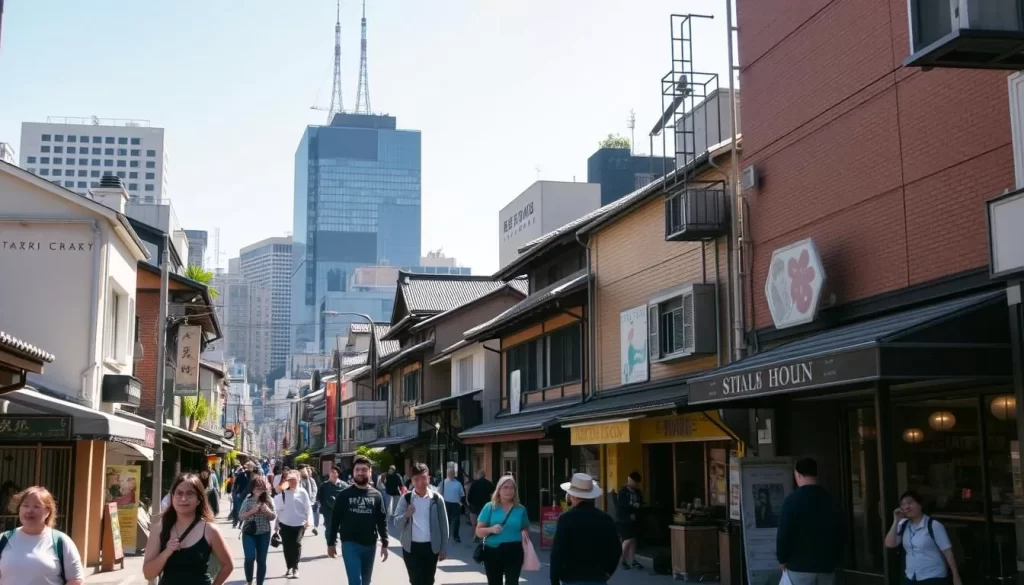
Conclusion
Discovering Kita-ku is like uncovering a treasure trove of Tokyo’s history, culture, and natural beauty. With this comprehensive guide, you’re equipped to dive into the rich tapestry of Tokyo’s vibrant northern district. You’ll find that Kita-ku offers a perfect blend of historical temples, beautiful parks, vibrant shopping streets, and authentic local culture that makes it a rewarding destination for travelers.
Your journey through Kita-ku can be tailored to your interests, whether you’re fascinated by historical landmarks or eager to sample local delicacies. The ward’s accessibility via multiple train lines makes it easy to visit as a day trip from central Tokyo. By exploring Kita-ku, you’ll gain insights into everyday Tokyo life and culture, creating lasting memories of your journey through the city.
Next time you’re planning a trip to Tokyo, consider setting aside time to explore Kita-ku—you’ll be rewarded with unique experiences, beautiful spots, and a genuine connection to the local city life, making your visit to Tokyo truly special, in this vibrant city.
The above is subject to change.
Check back often to TRAVEL.COM for the latest travel tips and deals.
